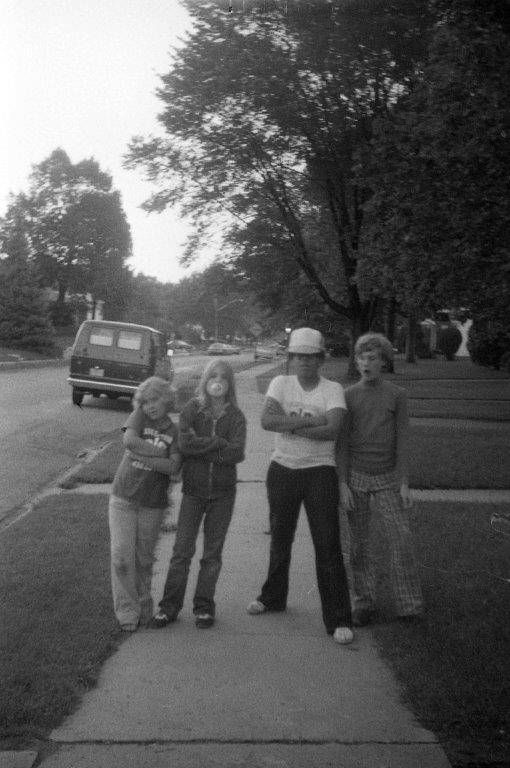A Tribute to Dr. Robert Lewis, Minnesota's First Black Senator
The first Black Senator in the State of Minnesota, Dr. Robert Lewis, hailed from the suburb of St. Louis Park. Sen. Bobby Joe Champion (DFL-Minneapolis) recently stood up on the Senate floor for Black History Month to remind the Chamber that pioneering Sen. Lewis did not come from the city, as many would expect.
Longtime St. Louis Park resident and political reporter, Gene Lahammer had some context. “My recollection is 1970 census showed one-third of the residents were Roman Catholics, one-third were Protestants and one-third identified as Jewish,” he recalled.

Lahammer remembered that the suburb was heavily white, just a dozen or so Black families when Bob Lewis was elected as the first African-American on the school board, about the same time the Lahammers moved into St. Louis Park in 1966. He said that St. Louis Park's religious diversity might have helped it do better than other suburbs when it came to racial diversity. "I do think the Jewish influx brought a rich diversity that taught us to evaluate people as people, not by religion or the color of their skin.”

Dr. Robert Lewis, who had a veterinary clinic on his property near the Roller Gardens, later said in a newspaper account that a neighbor circulated a petition against him, but only one person signed it. Lewis quickly rose to prominence in his practice and in politics, and he was elected to the State Senate in 1972.
“His personality was such that he was liked by everybody, I mean across the table, Democrat, Republican,” former Senator Roger Moe recalled. "We officed together, it was an absolute delight. He was a really good legislator, he had a great sense of humor." He recalled one time when the officemates ordered pizza for the staff and Sen. Lewis arrived late. "He sticks his head in and says, ‘Guess who’s coming to dinner?'"
Sen. Moe served in committee and as a fellow chair with Lewis, who loved to surprise people. “You’d swear he was asleep. He would sit like this, eyes closed, all of a sudden, he’d say, ‘Mr. Chairman,’ and he’d ask the most profound questions of the person who at the table and amaze everyone."
The first African-American Senator went on to be the first Black person to have a building essentially named after him at the U of M. The Small Animal Hospital and several shelters for battered women bear his name. He focused on human and social services before his sudden passing at 47. Sen. Lewis will likely go down in history as the first person of color to have lain in state in the Minnesota Capitol.
"He really focused on people who didn't have a shot in life. He wanted to make life better for them. He was a great guy, a great legislator," Sen. Moe said.
Anna Arnold Hedgeman and Ethel Ray Nance both grew up in rural Minnesota. Both were involved in human services. And both contributed to the Harlem Renaissance. Get to know 10 things about these two Black renaissance women.
Born to an African fur trader and an Ojibwe woman, George Bonga and his siblings are considered to be the first people of African descent born in the territory that would later become the state of Minnesota. Bonga played many roles during his lifetime, including voyageur, entrepreneur and diplomat – but most importantly he is one of Minnesota’s true Black pioneers. Get to know his story.
